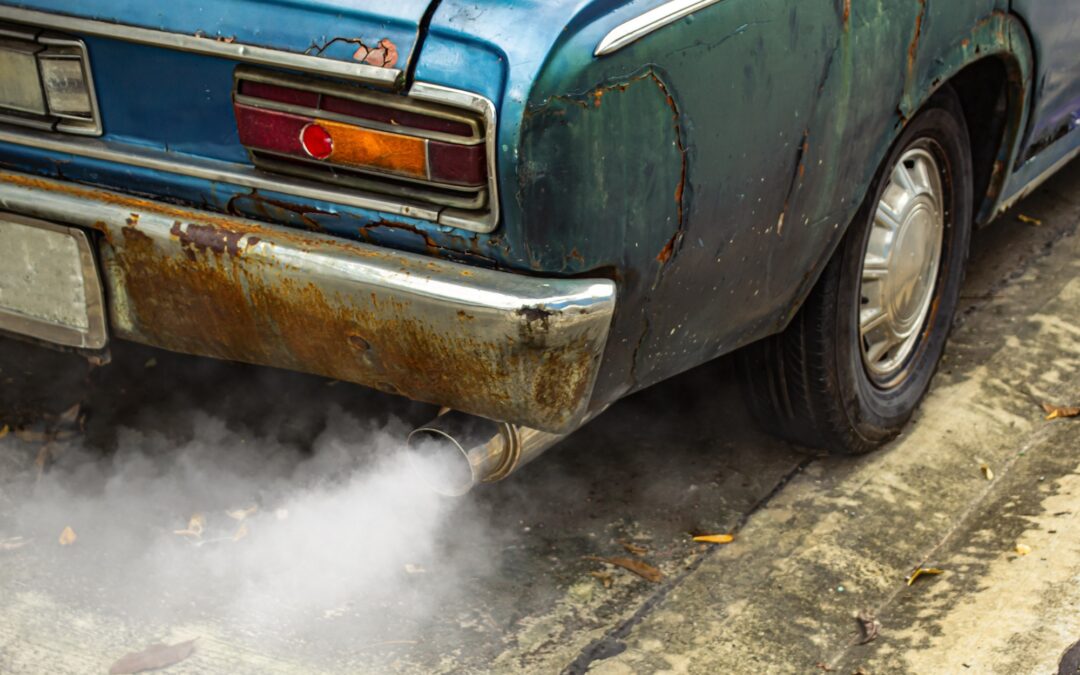During the cold weather months, we depend on heat to keep us warm. The fuel used to create heat is also responsible for many deaths from the by-product produced. This by-product is carbon monoxide (CO) which is a colorless, odorless, and tasteless toxic gas. Every year people die from CO poisoning, and thousands of workers suffer from effects of high- level exposure. When CO is inhaled, it mixes with red blood cells reducing the amount of oxygen reaching your vital organs and tissues. The fact that CO is colorless and odorless and can be fatal without any warning signs is the reason why it is known as the “silent killer”.
Discussion Points:
• The presence of carbon monoxide in the workplace
• Why is carbon monoxide so dangerous?
• The “Silent Killer” can be fatal without any warning signs
• OSHA’s carbon monoxide standards limit exposure levels for the workplace
• How to control exposure of carbon monoxide
Discussion:
Employees working in enclosed areas including manholes, confined spaces, garages, loading docks, and warehouses are especially at risk due to equipment emitting toxic gas. OSHA recommends employers to protect employees from the dangers associated with carbon monoxide exposure. According to OSHA, “The personal exposure limit (PEL) for CO is 50 parts per million (ppm) of air averaged during an 8-hour time period. Exposure to concentrations over 100ppm constitutes a serious violation, and any exposure greater than 500ppm is considered imminent danger. It is required that employees evacuate the work area if concentration of CO exceeds 100ppm.” The National Institute for Occupational Safety and Health (NIOSH), has recommended, “The standard be changed to 35ppm and that any exposure beyond 200ppm be strictly forbidden.” If you suspect carbon monoxide to be present in the work area or you experience any symptoms including: confusion, dizziness, headache, nausea, rapid breathing, or drowsiness; if possible, open a window to let fresh air in, leave the area immediately, contact your supervisor, and do not return to the area until it has been confirmed to be safe. It is important to control exposure to CO. This can be accomplished by installing an effective ventilation system and CO detectors in work areas where there are potential hazards associated with the toxic gas, and to reduce the risk of carbon monoxide poisoning. If possible, eliminate the source of exposure by replacing gasoline powered equipment with equipment powered by electricity.
As always, stay safe out there!


Recent Comments